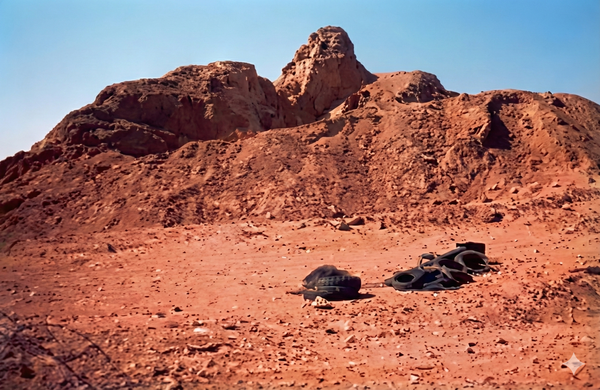The Prophetic Homes Around the Masjid al-Nabawi
Learn about the structure of the Prophetic home, what the terms Bayt and Hujrah mean, along with the locations of the 9 dwellings.

The Prophet Muhammad (Allah bless him and give him peace) had nine residences, mirroring the number of his wives at the time of his passing. These dwellings, known in Arabic as "buyut" (plural of "bayt"), varied in structure but served as the domestic quarters for the Prophet and his family.
The Structure of the Homes
The Prophet's homes were categorized into two distinct types based on their construction:
- Single-room dwellings, referred to as "Bayt." There were five of these, each consisting of one room.
- Dwellings with two sections: a "Bayt" (room) and a "Hujrah" (an open enclosed area). Four homes were of this construction type.

Islamic Texts Regarding the Buyut and Hujrah
Mention of the buyut (rooms) and hujurat (enclosures) of the Prophet (Allah bless him and give him peace) is present in a number of texts within the Quran and Sunnah. A reference to the separate portions of the Bayt and Hujrah can be found in the hadith in Sahih al-Bukhari and Sahih Muslim as follows:
"Two men were talking loudly in the Masjid to the point that the Messenger of Allah (Allah bless him and give him peace) could hear them whilst in his bayt (room). He went out to them opening the entrance curtain of his hujrah (enclosure)."
Likewise in the Musnad of Imam Ahmad the following narration from Aishah (Allah be pleased with her):
"The Messenger of Allah (Allah bless him and give him peace) would pray in the Hujrah (enclosure) whilst I was in the bayt (room)."
Construction Styles
The construction styles of these two dwellings differed as follows:
- Bayt (room) walls were constructed from mudbrick, and the roof was from date palm trunks.
- Hujrah (enclosure) boundaries were constructed from date palm trunks but without a roof and open to the sky.
Locations
The homes of the Prophet (Allah bless him and give him peace) were located in 3 areas as follows:
1. The eastern side of the Masjid al-Nabawi and directly attached to it, such as the home of Aishah (Allah be pleased with her).
2. South of the Masjid al-Nabawi and directly attached to it, such as the home of Hafsah (Allah be pleased with her), adjacent to the home of Aishah from the south. Its present day locaton is the area where people stand today to greet the Prophet (Allah bless him and give him peace).
3. North of the Masjid al-Nabawi but not directly attached to it, between them and the Masjid being the homes of the companions (Allah be pleased with them all). In this direction were the homes of his wives Juwayriyyah, Safiyyah, Umm Habibah and Maymunah (Allah be pleased with them all). The reason for their homes not being directly adjoined to the Masjid was because the Prophet (Allah bless him and give him peace) married them after the conquest of Khaybar and there were already existing homes of the companions which were directly adjoined to the Masjid. So their homes were built after the homes of the companions.
There were no homes to the West of the Masjid al-Nabawi, Muhammad bin Hilal said:
"I saw the homes of the wives of the Prophet (Allah bless him and give him peace)...they were around the qibah, east and north, and there were no homes west of the Masjid." [Subul Huda wal-Rashad 3/349]






